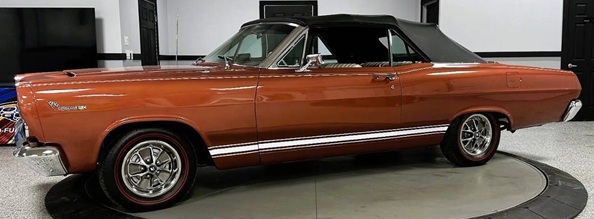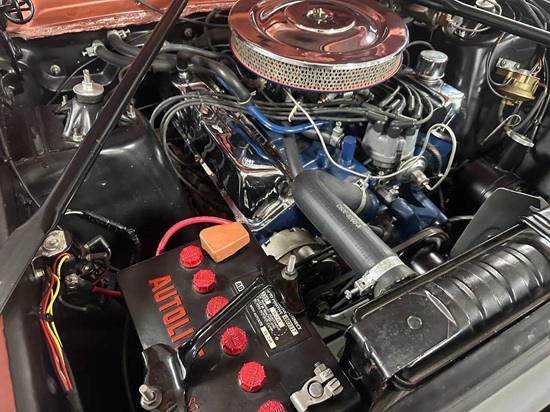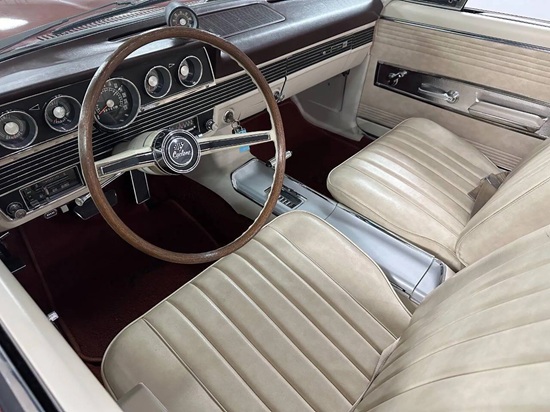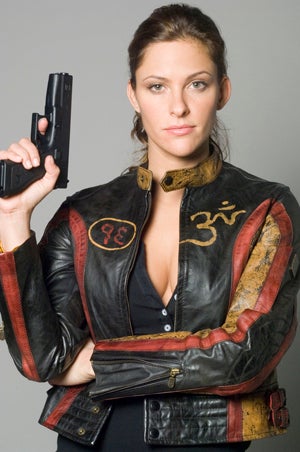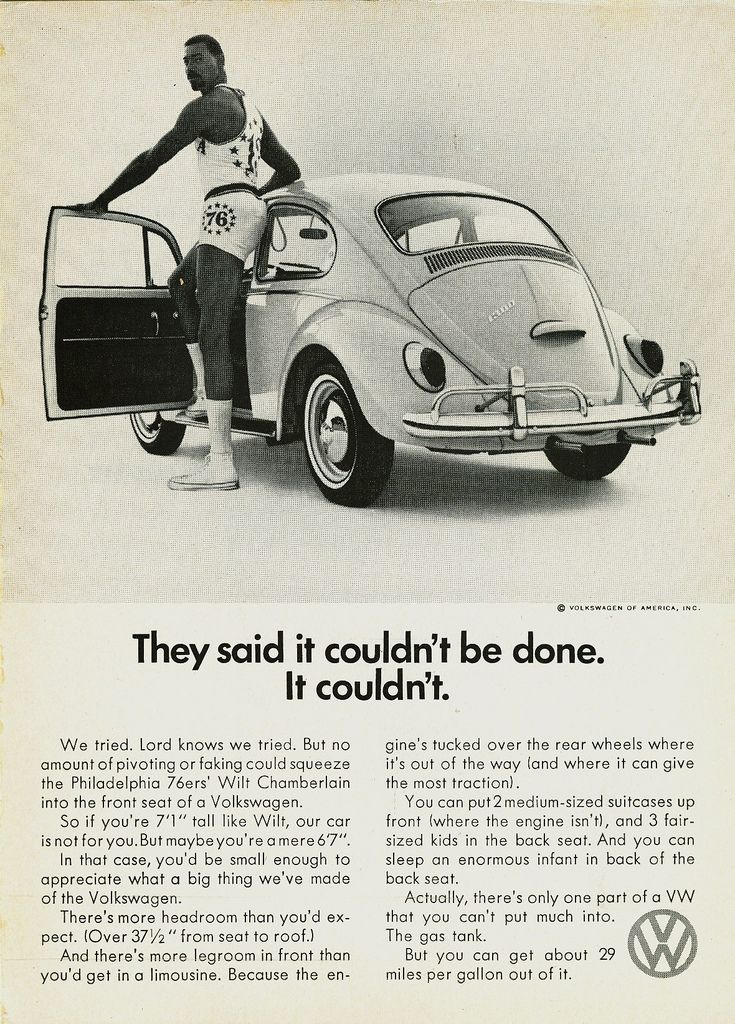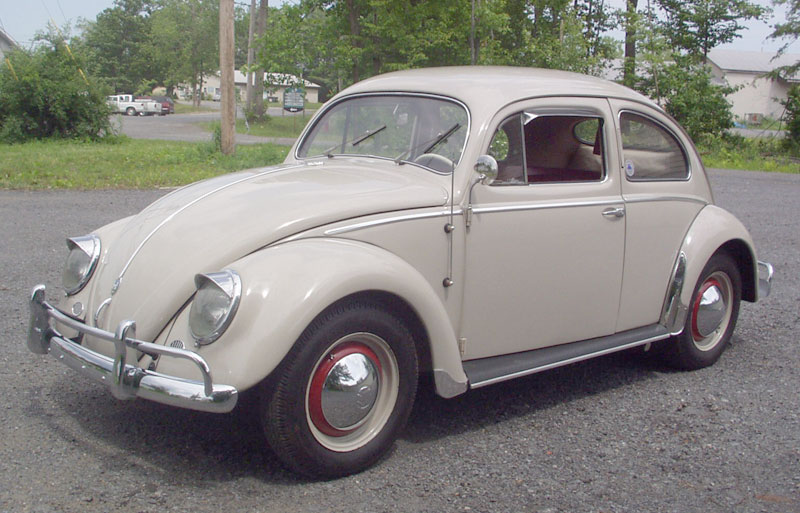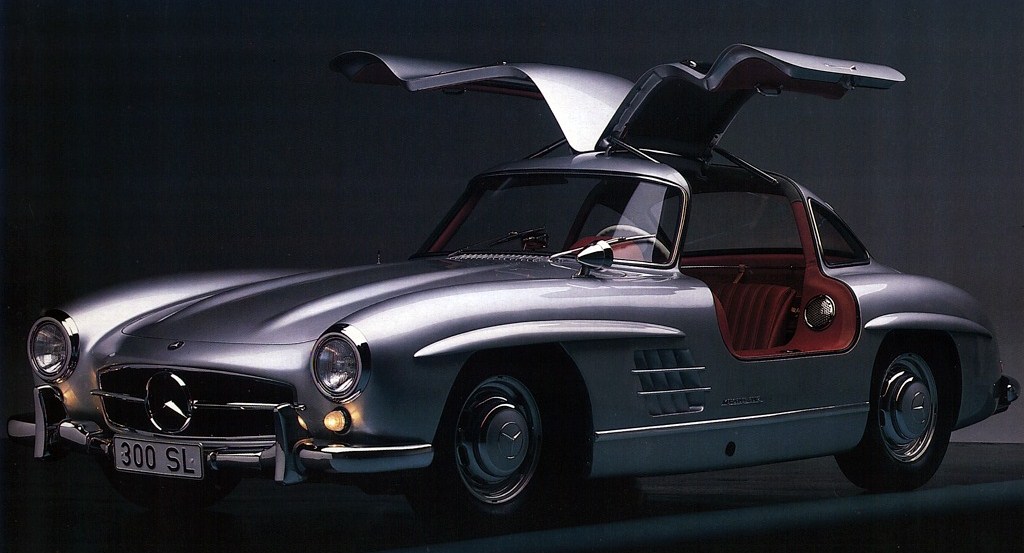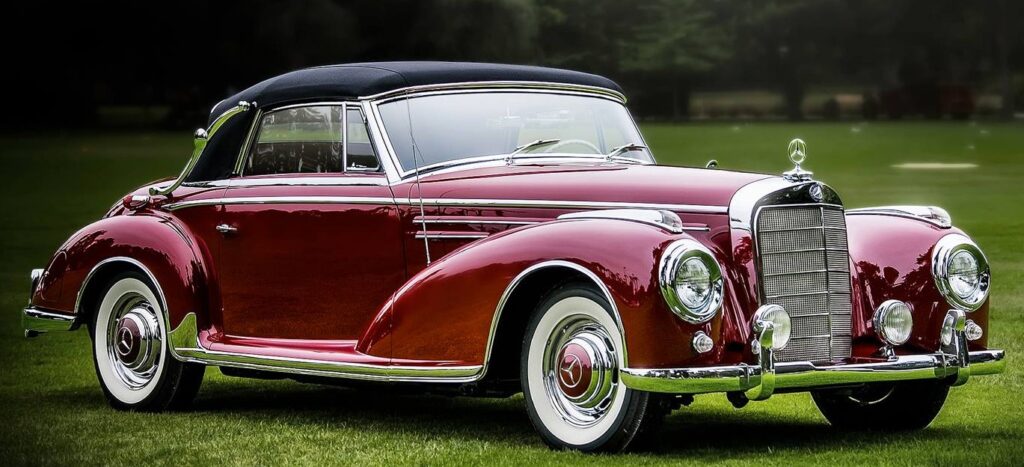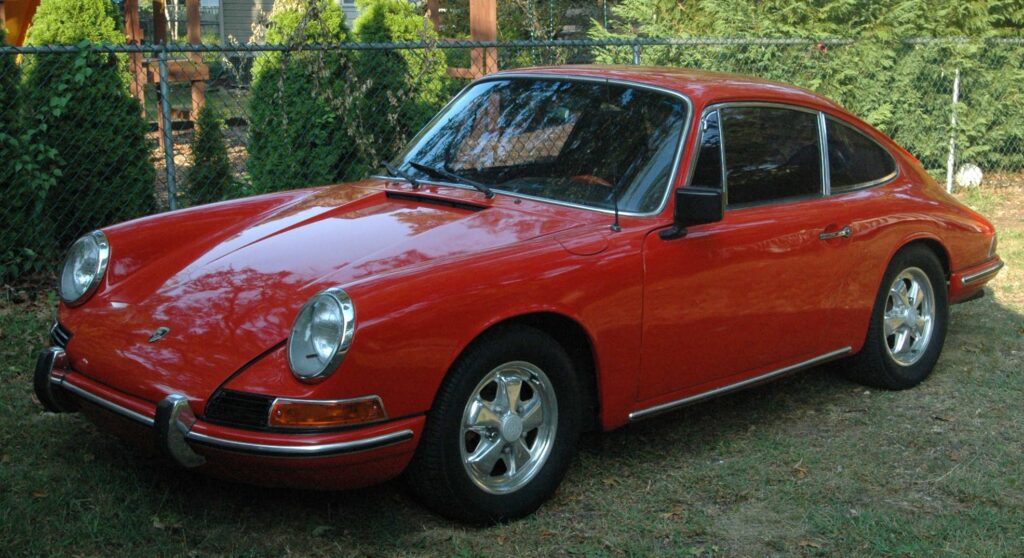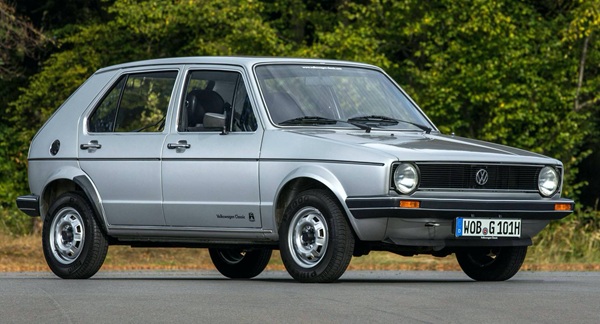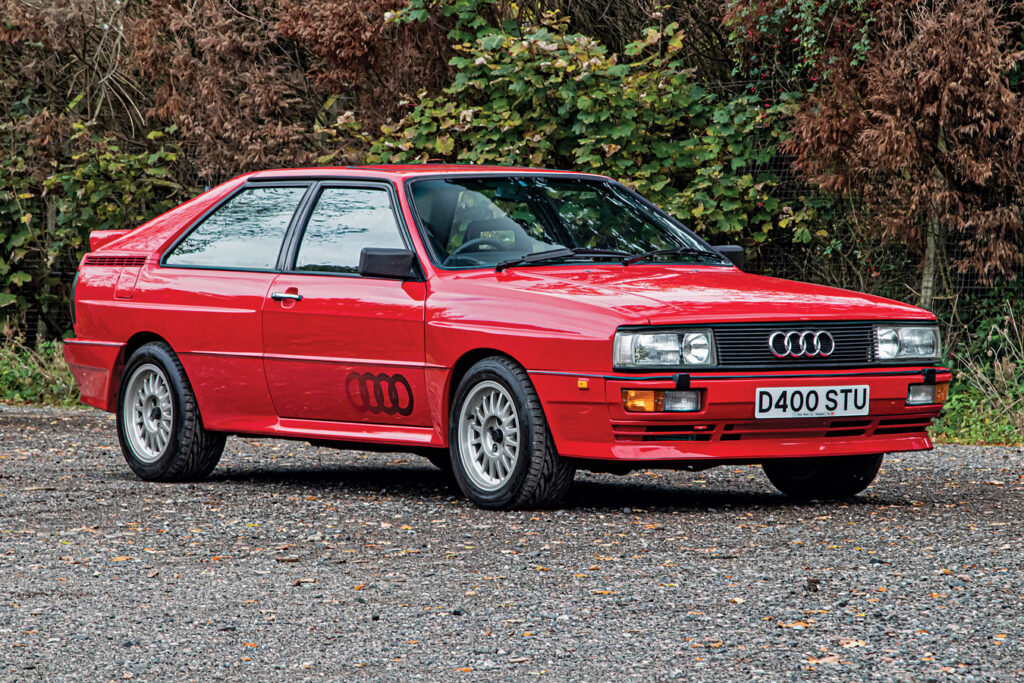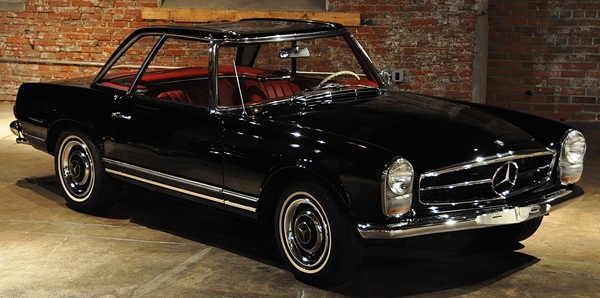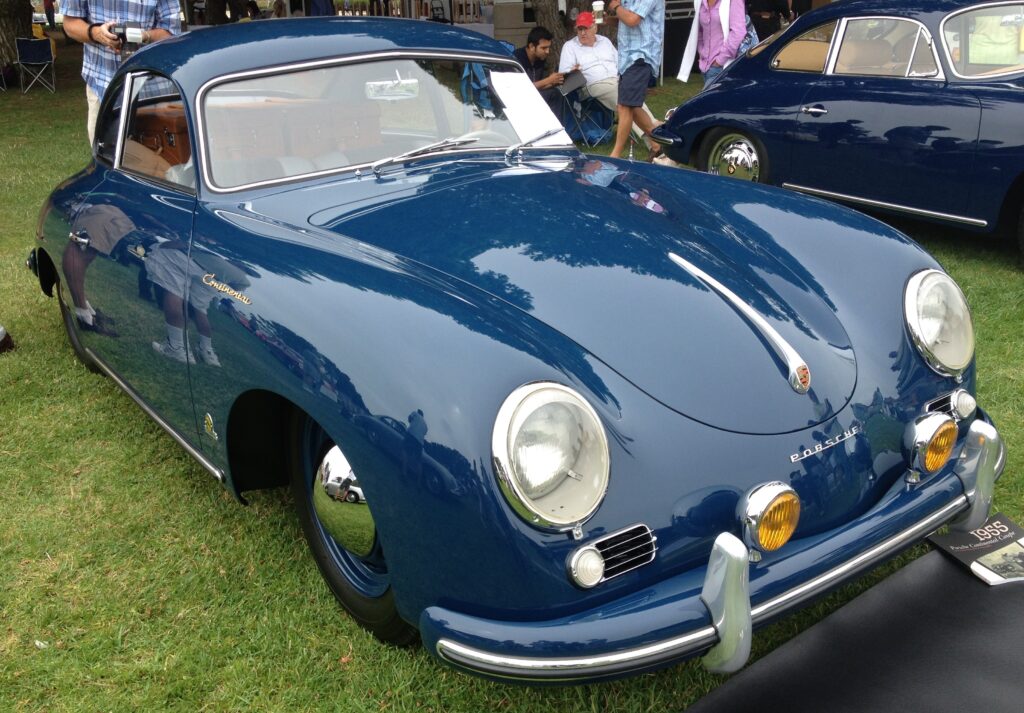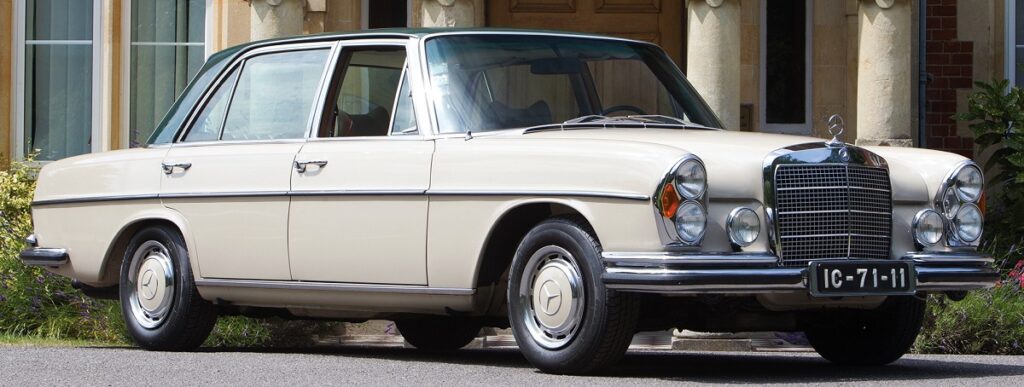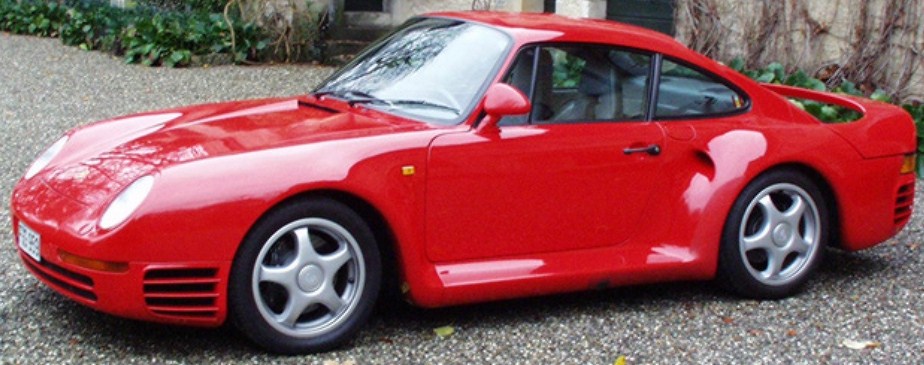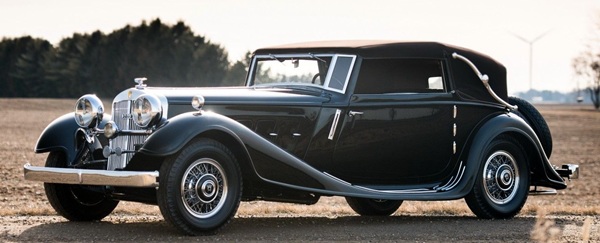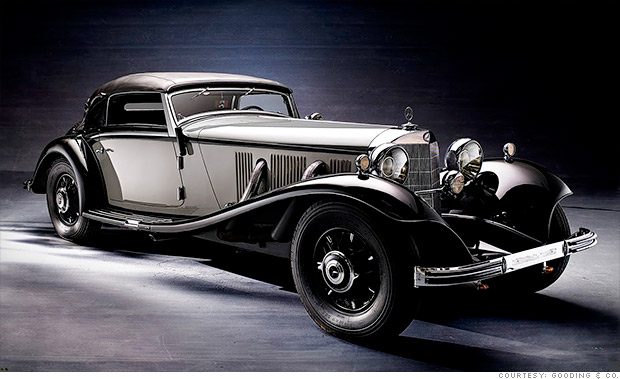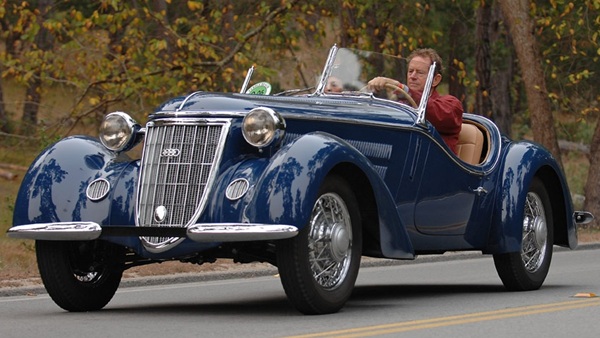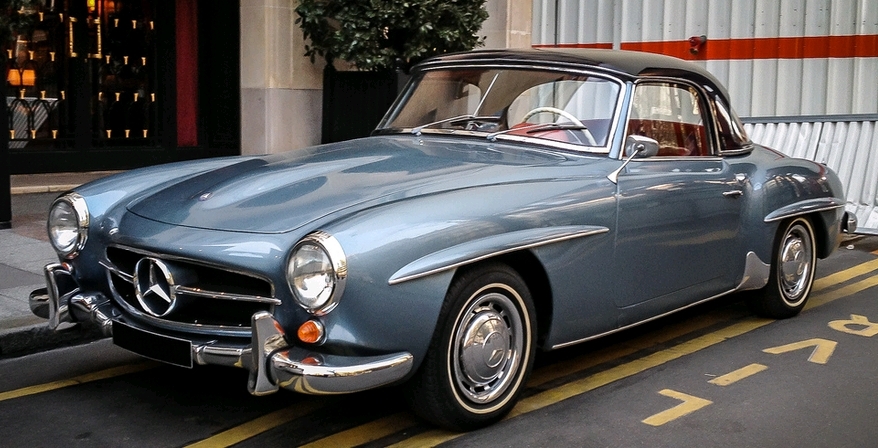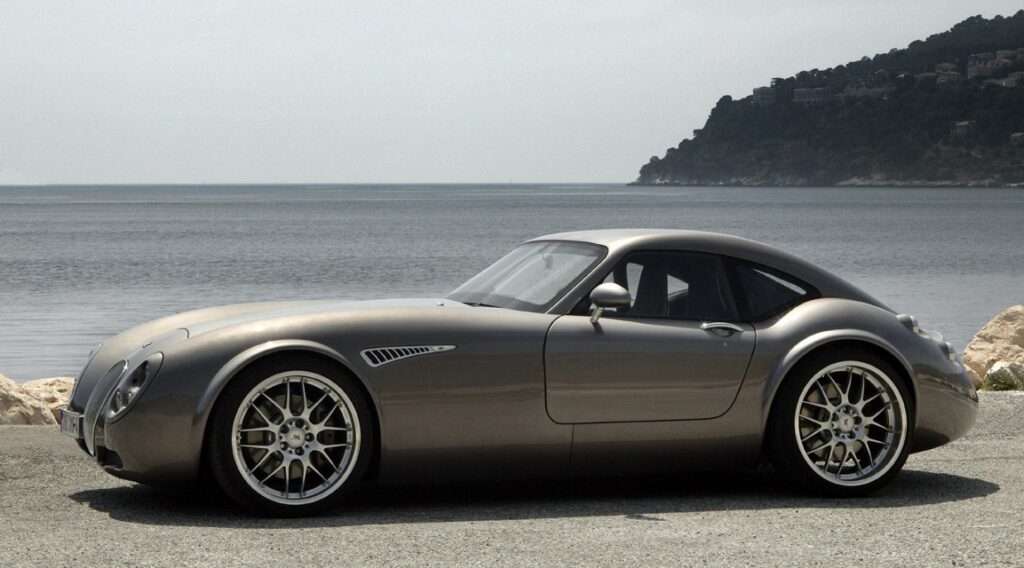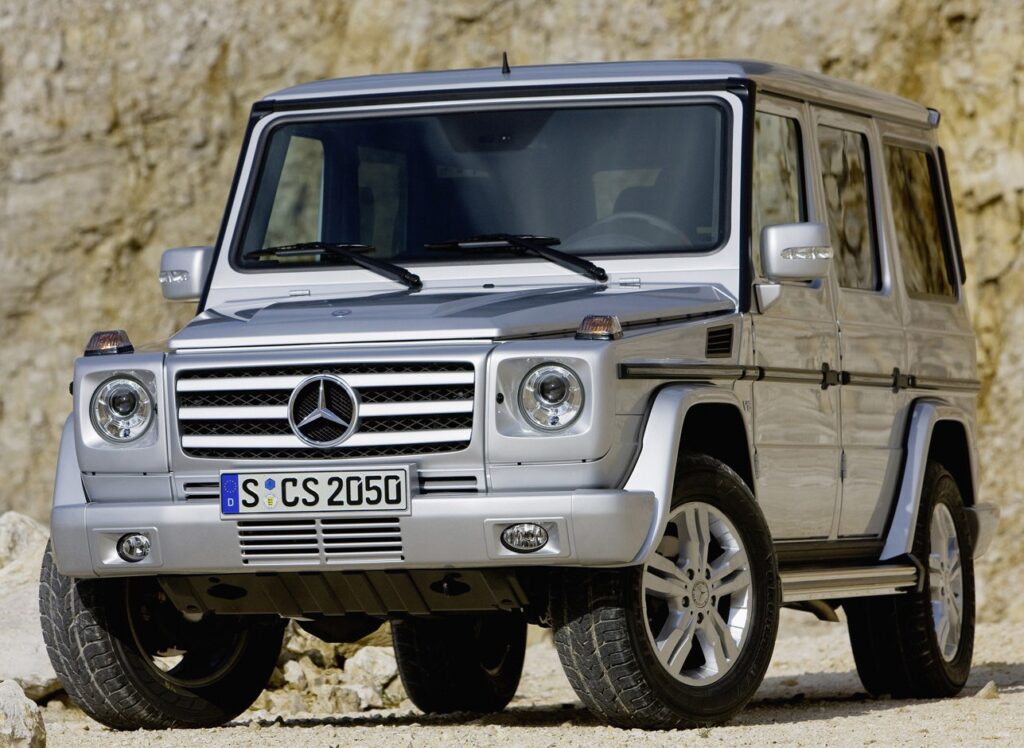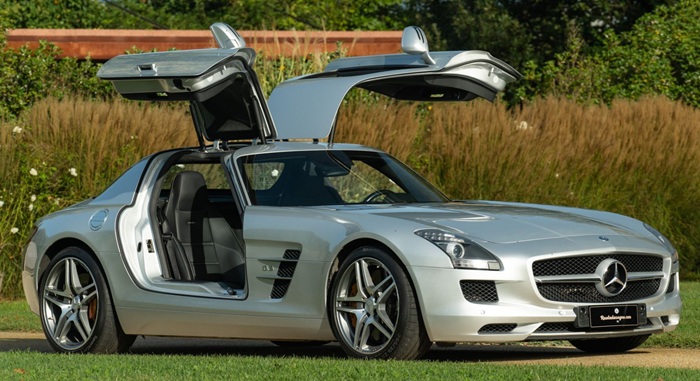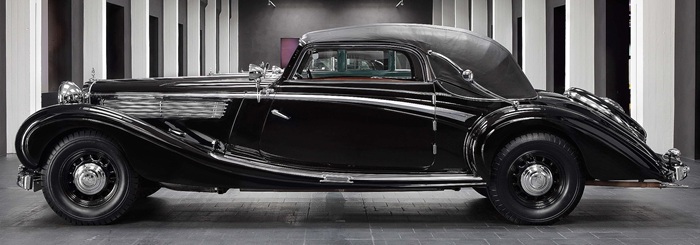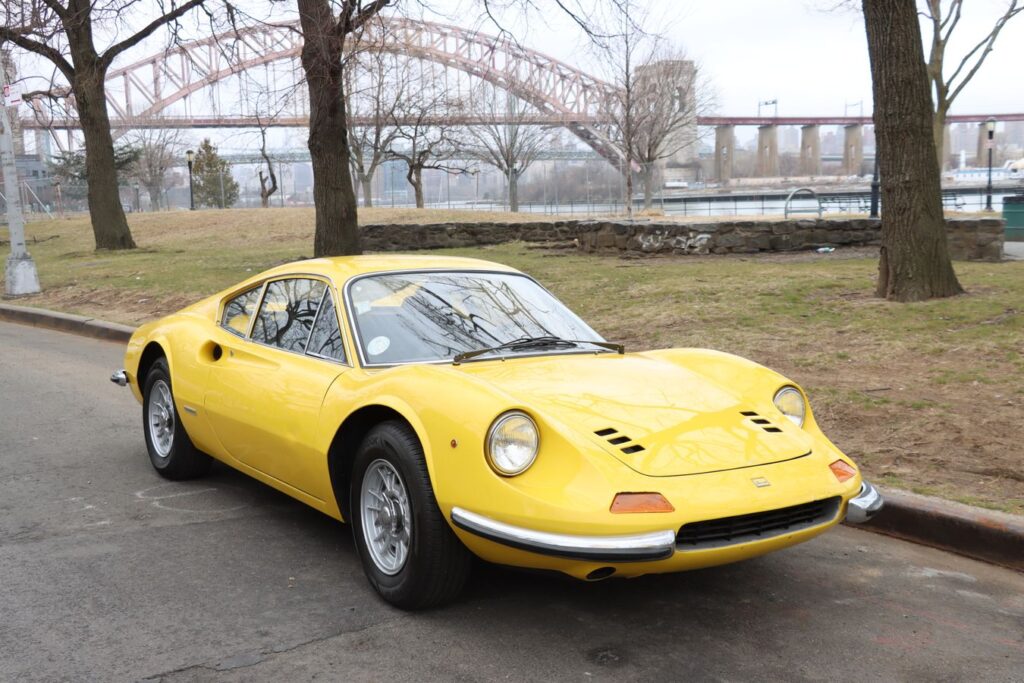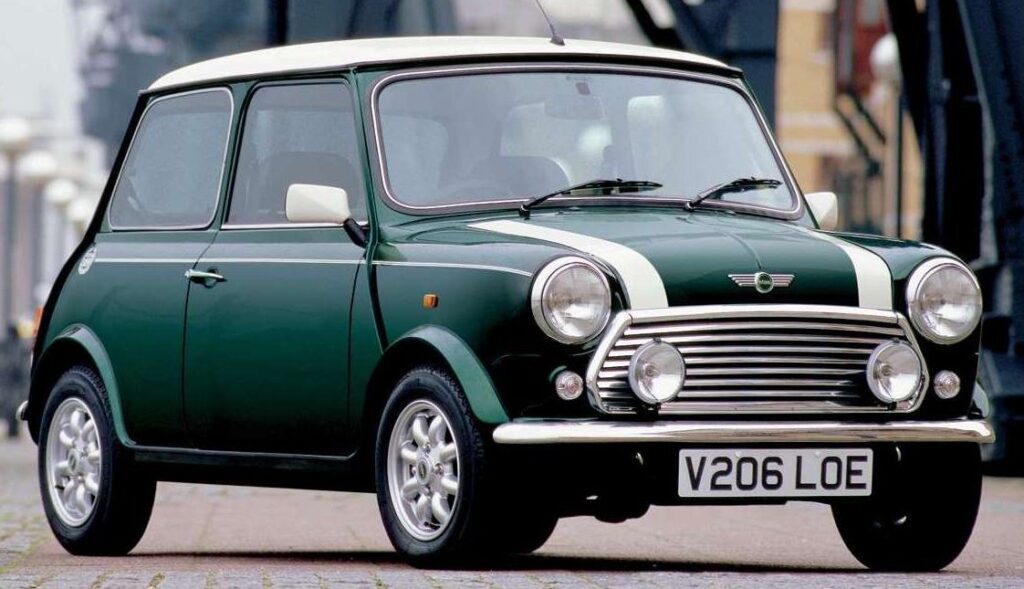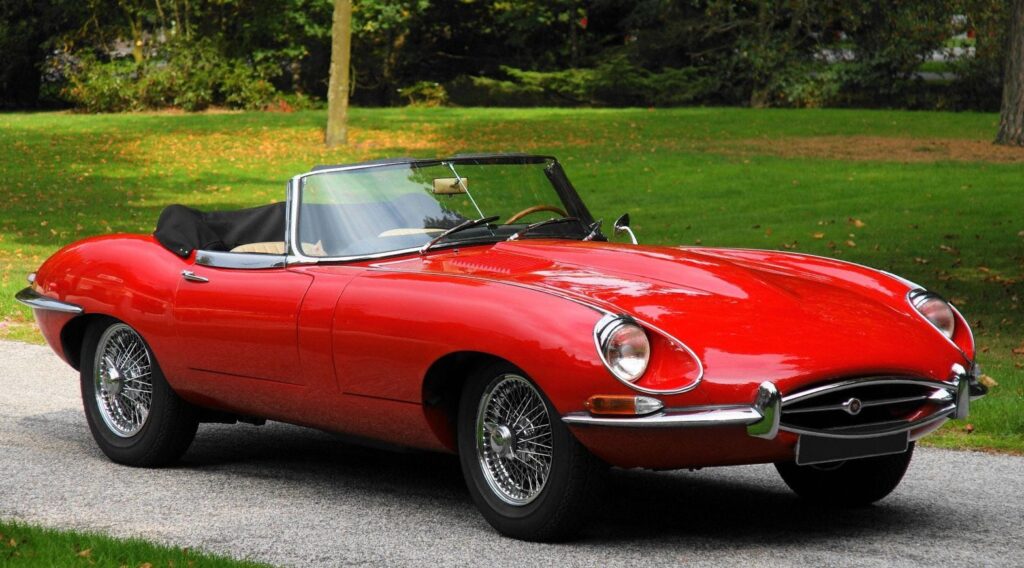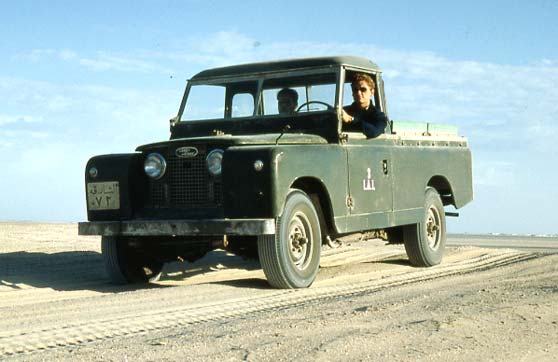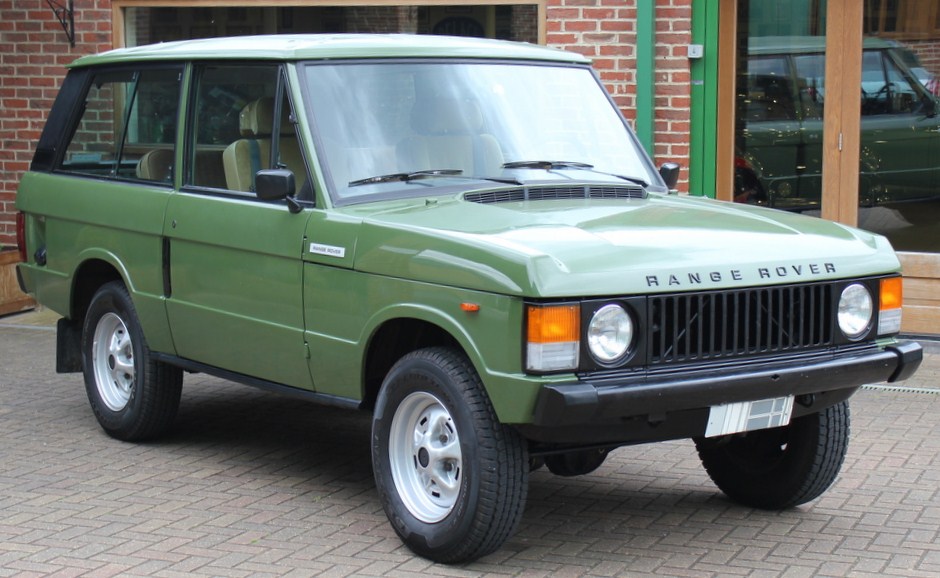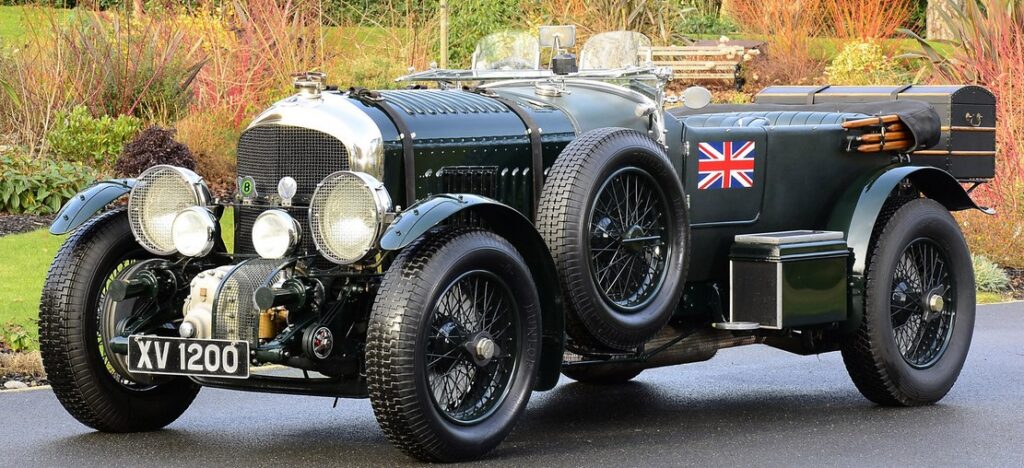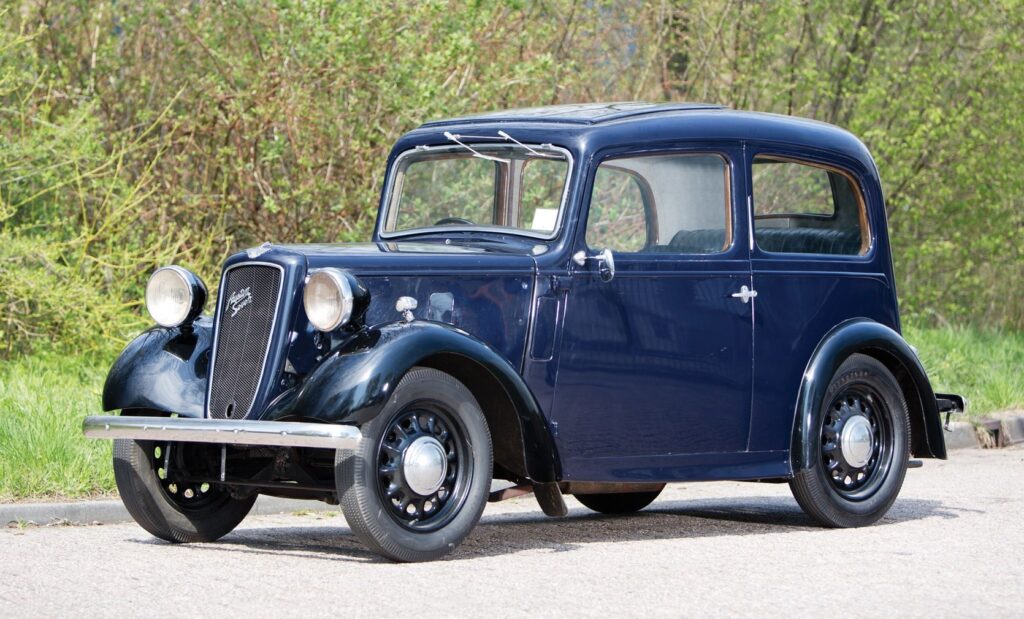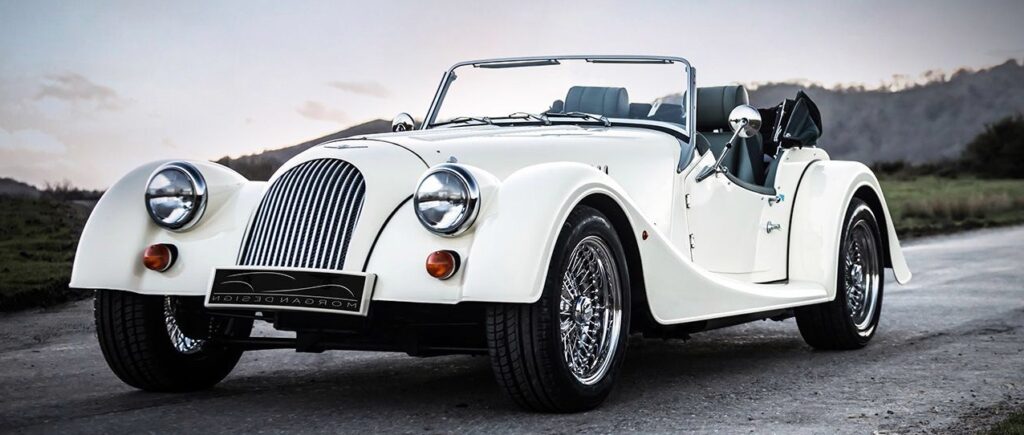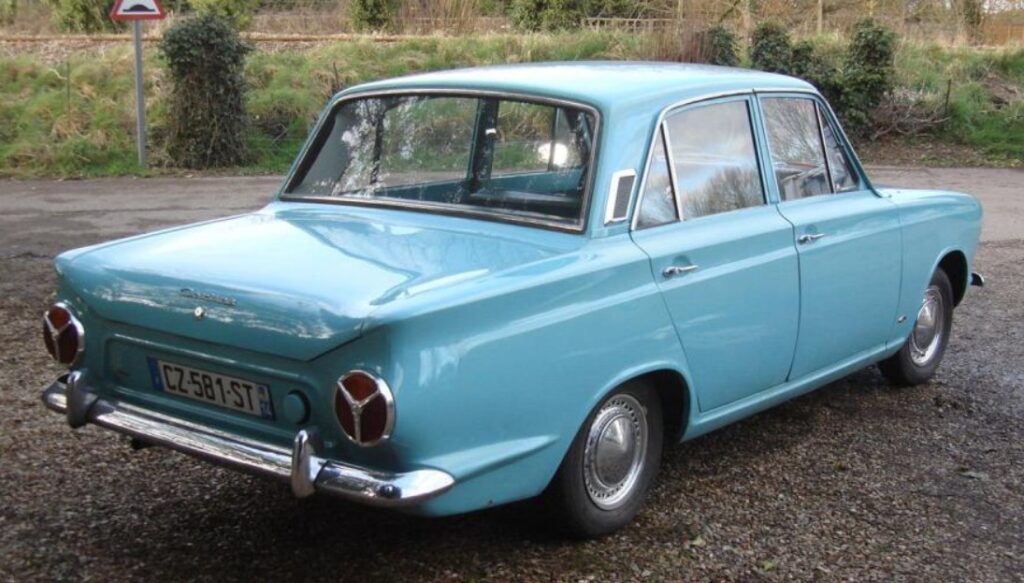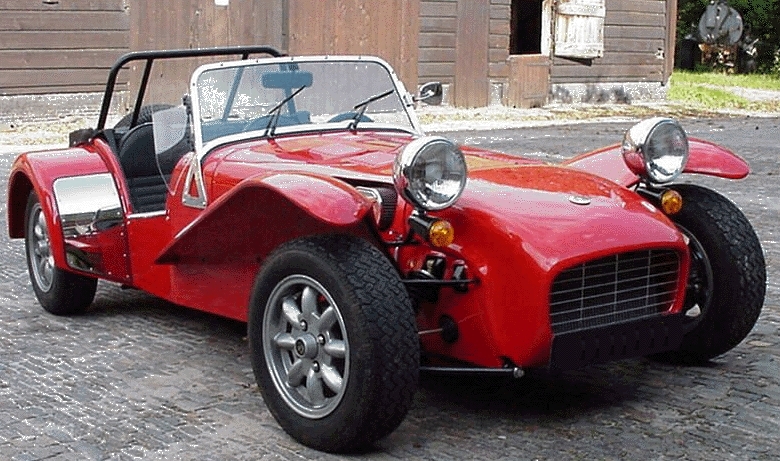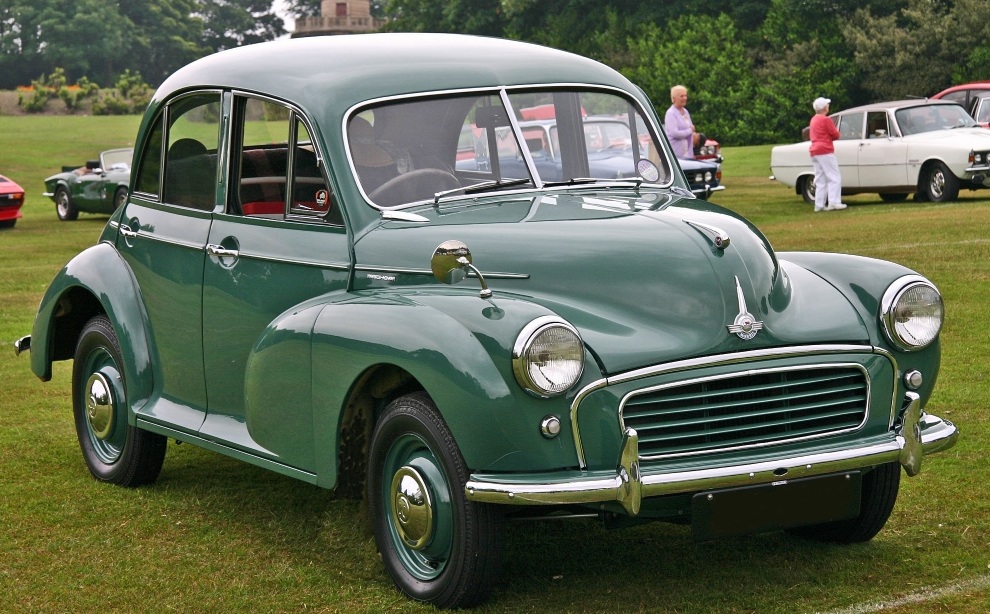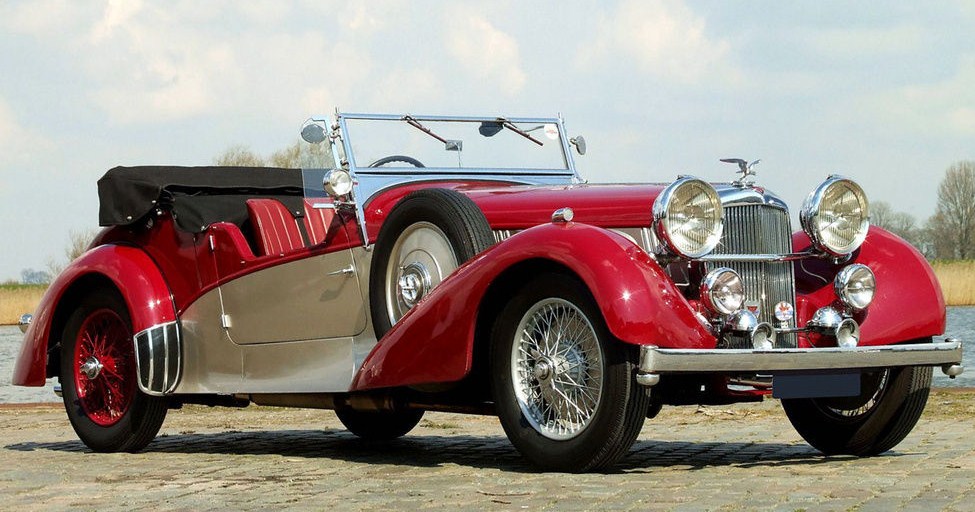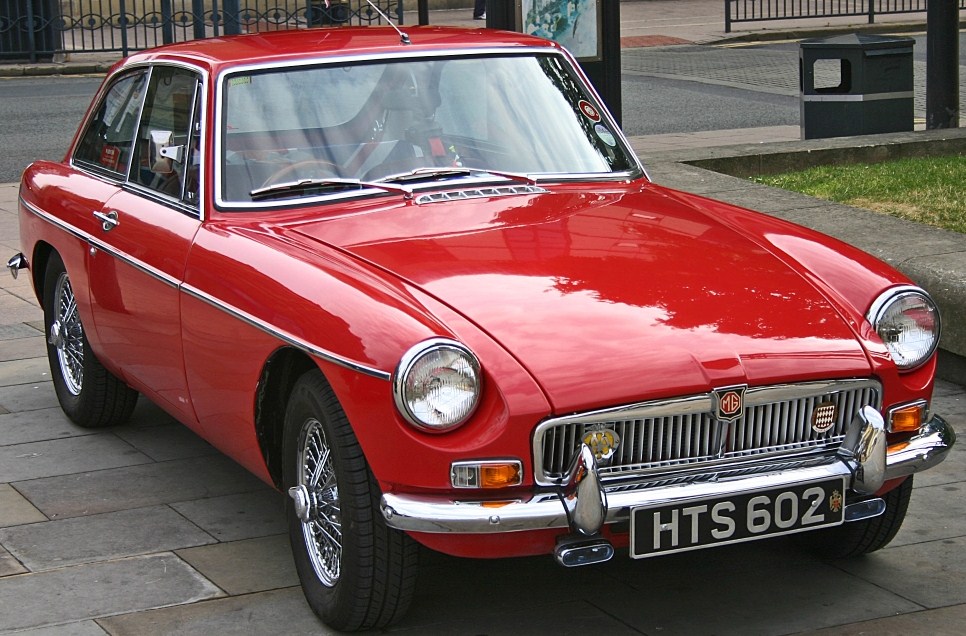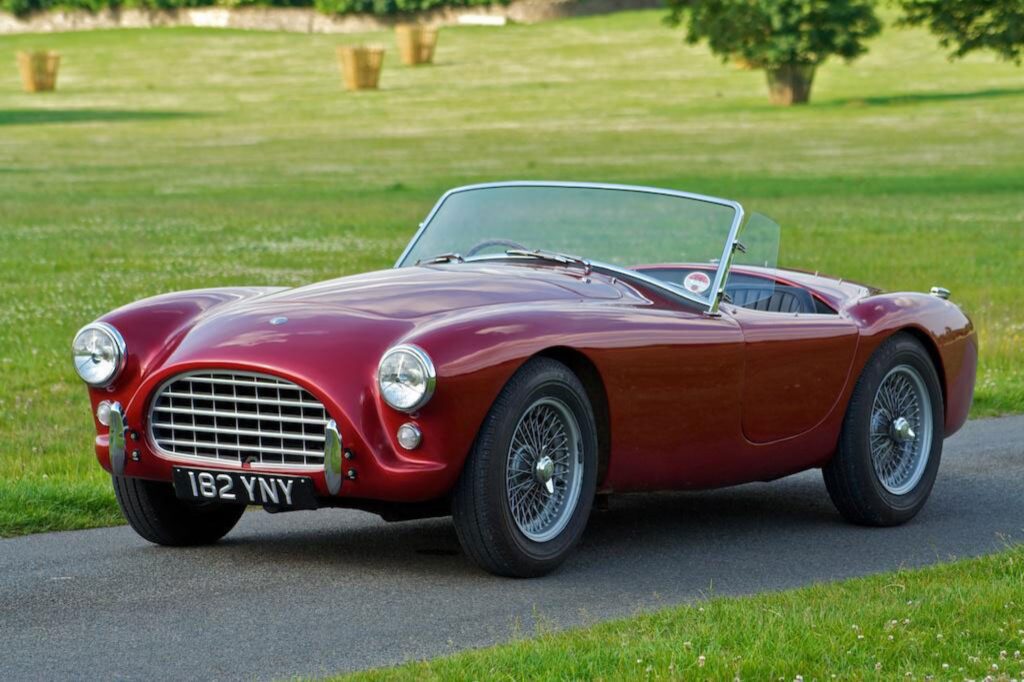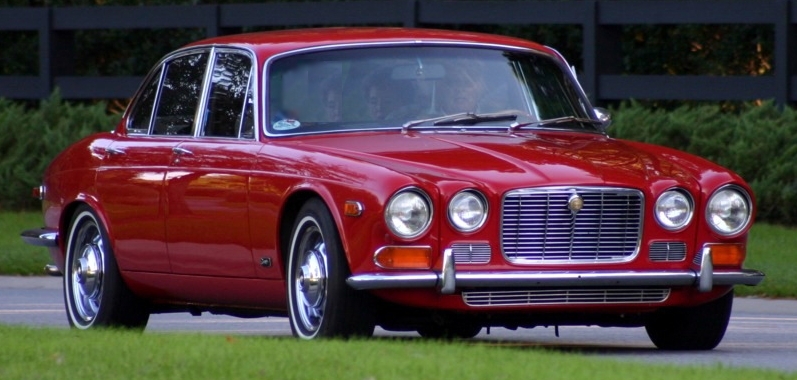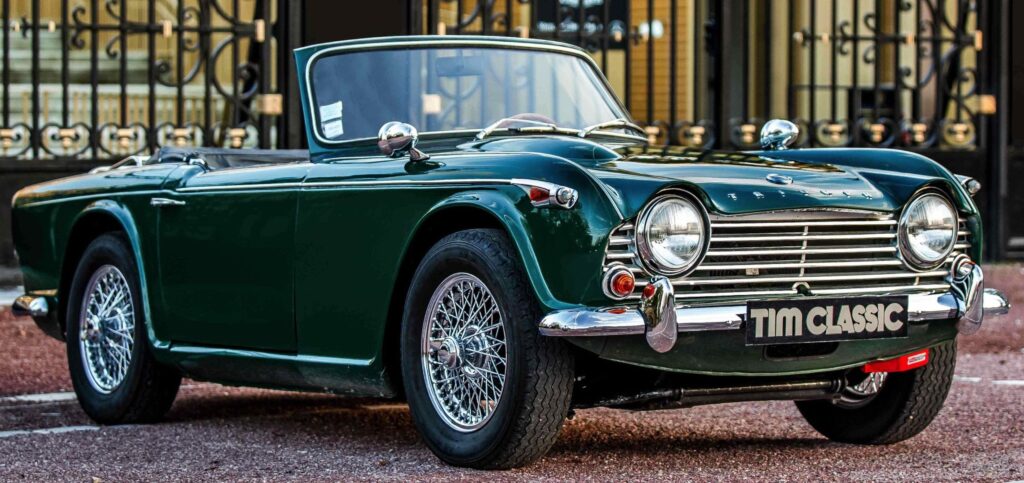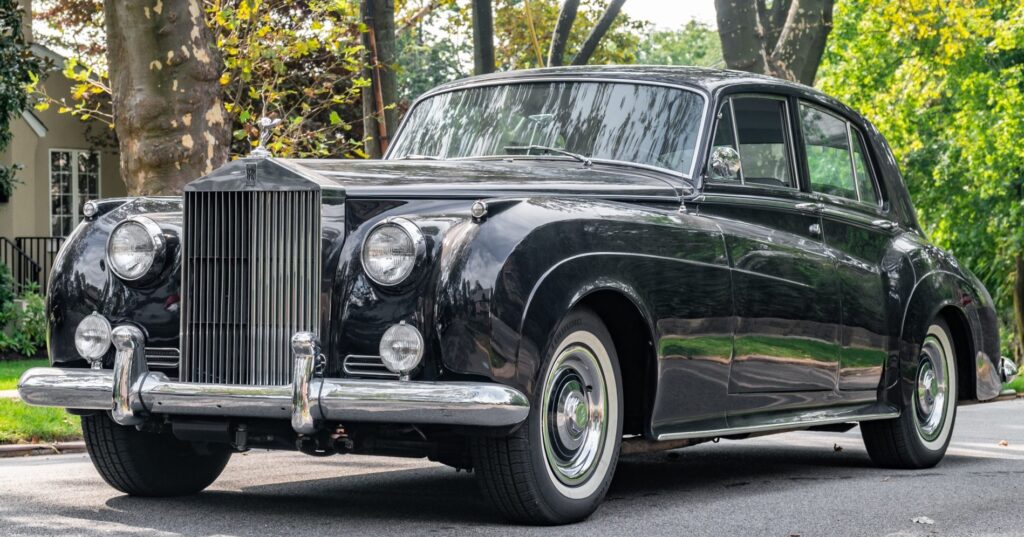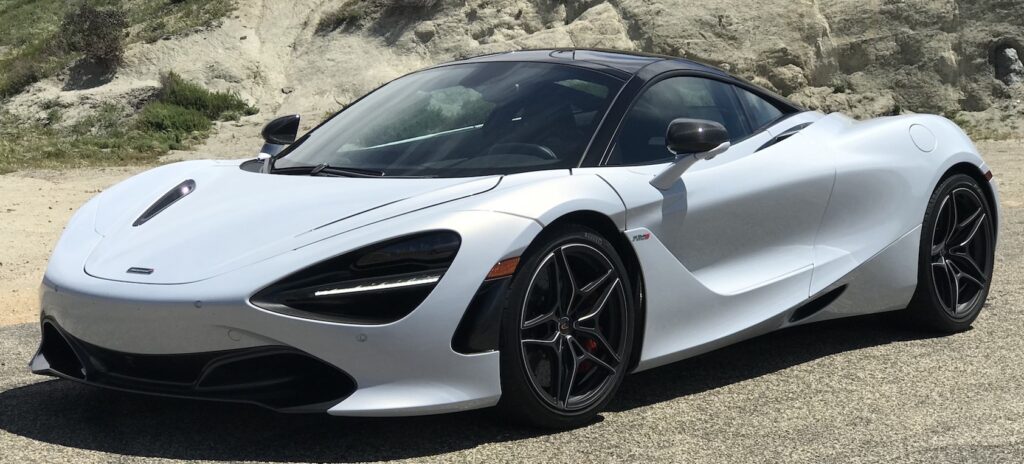Okay, after doing the Limeys and the Krauts, let’s do the Wops. Here we have a problem because Italy has produced so many amazing cars that it’s difficult, nay almost impossible to keep it to only 25 great ones. And for the purposes of simplicity, I’ve excluded Italian-styled cars which used off-brand engines, like those from Bizzarini, Intermeccanica, Pagani and De Tomaso. Anyway, I’ve never been one to back down from a challenge, even if choosing the top 5 greatest Italian cars is really difficult. Nevertheless, here we go…
1) 1959 Ferrari 250 GT: Certainly, the ’59 GT set the bar for all other sports cars of the era, and today it’s sought after more for its collector value. Although as one sees several racing at Goodwood nowadays, the howls of their lively engines are almost drowned out by the collective thudding of the heartbeats of their insurance agents.
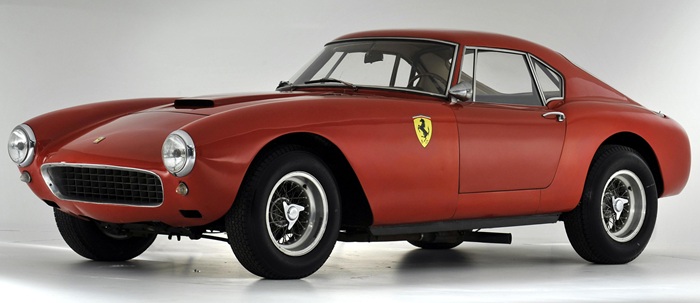
2) 1976 Lamborghini Countach LP400: I don’t know if any other car’s picture has graced more teenage boys’ bedroom walls, and even though the Countach is an absolute pig to drive, to park, in the rain and all that, people love this Lambo with a passion. Even though some earlier cars can claim to be “supercars”, this one was the first: impractical, over the top and utterly gorgeous.
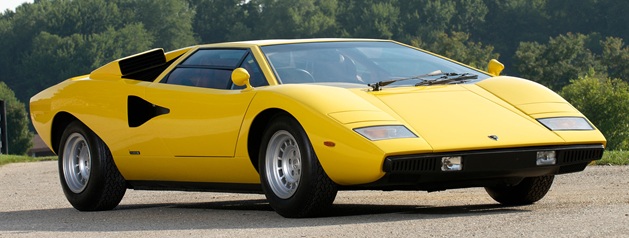
3) 1975 Lancia Stratos HF Stradale: “I know! we’ll make a car the size of a skateboard and slap a modified Ferrari V6 engine right behind the driver’s head — and then we’ll go and win some World Rally Championships!” Only Lancia could even have conceived such a concept.

4) 1956 Maserati 450 S: Take a car that’s won some Formula 1 races, make it street legal and release it to the public almost unchanged.

5) 1969 Dino 246 GT: One of the top 3 most beautiful sports cars Ferrari ever made, and it’s in almost everyone’s top 5 most beautiful of all cars ever made.

I know, I know… “But Kim, what about…[endless list follows]?” See if you find yours in the next twenty…
6) 1947 Cisitalia 202: The very first car made with “single-shell” coachwork, the 202 changed the entire face of the automobile industry. As each car was handmade, the cost was astronomical and only a couple hundred were ever made. Still lovely, especially the 1951 Cabriolet…

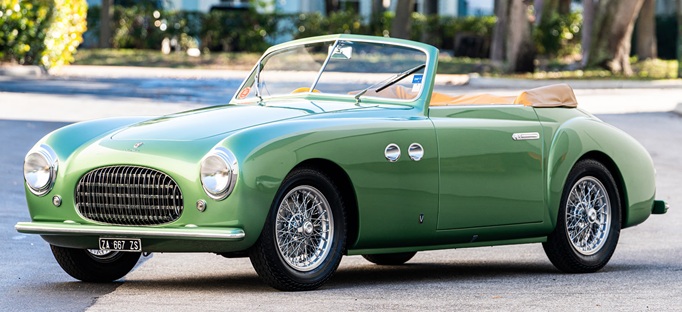
7) 1946 Maserati A6 1500: With its post-war Italian design, the A6 set the scene for a huge number of sports cars (especially Aston Martin) to follow in the 1950s.
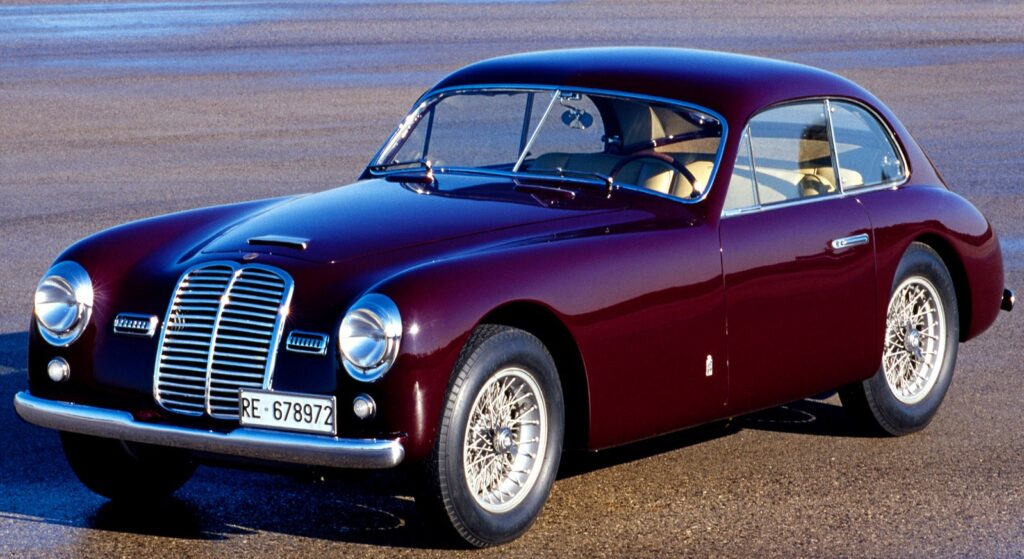
8) 1957 Fiat Nuovo 500: The first actual purpose-built “city” car, the 500 went on to sell just under 4 million units over its 18-year lifetime. Amazingly (by today’s standards), it was first marketed as a “family” car.
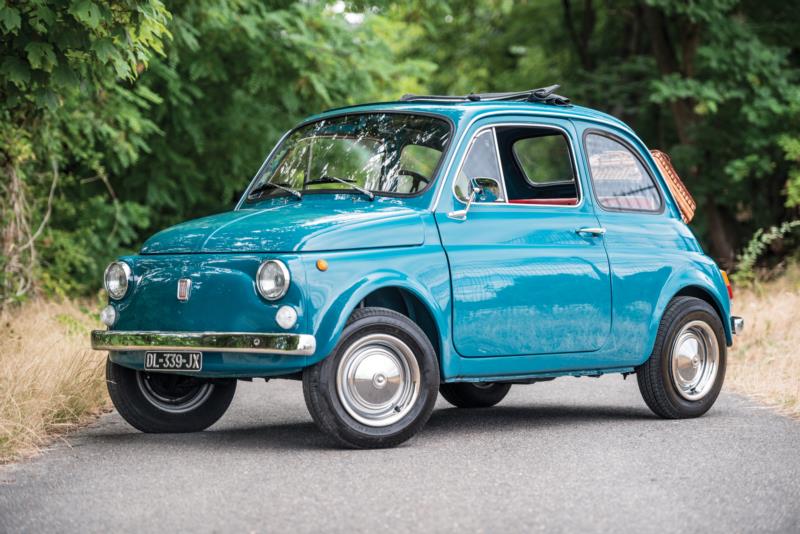
9) Lancia Aurelia B24 Spider: The list of “first to market” features introduced by Lancia is staggering. The Aurelia B24, for example, was powered by the first production V6 engine and was the first car to use radial tires. And was it beautiful?
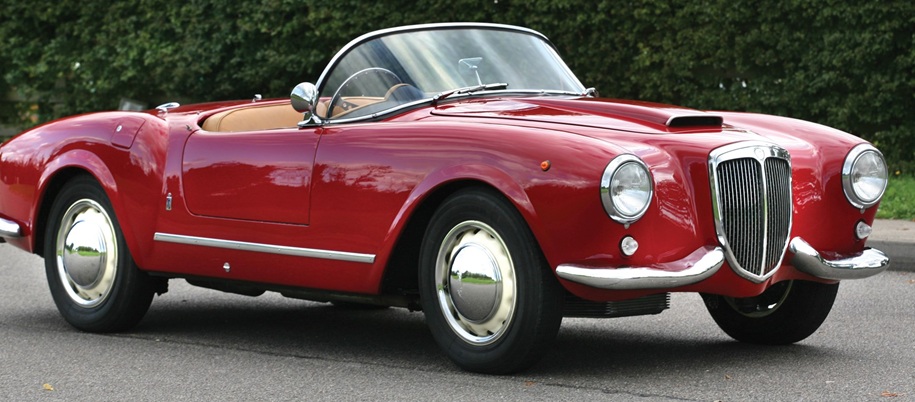
10) 1986 Ferrari F110 Testarossa: The only competitor to the Countach for “posters on the wall”, the Testa is still seriously popular among the Ferrari tifosi.
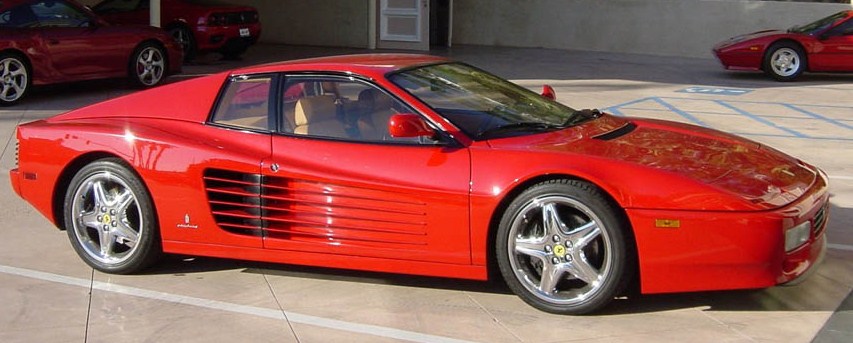
11) 1938 Alfa Romeo 8C 2900B Spider: Whether you wanted to race it or just take it for a long road trip through Tuscany, the 8C line could do either with aplomb. In the late 1930s.

12) 1968 Lamborghini Miura P400: Some say the Miura is the most beautiful Italian car ever. I don’t agree, but I can see their point.
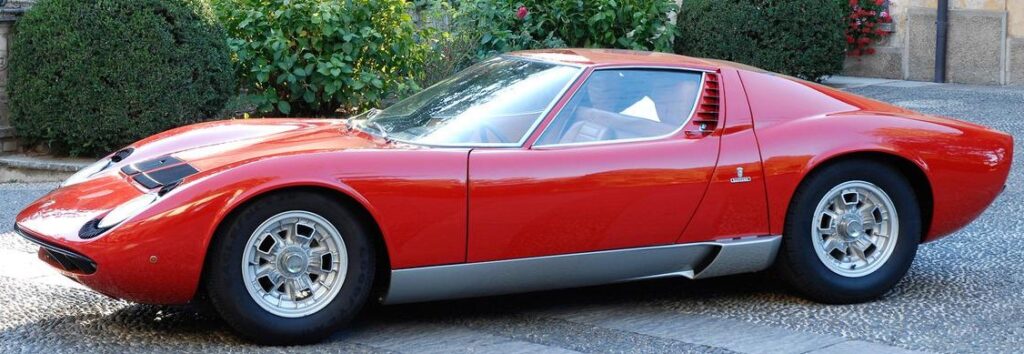
13) 2002 Ferrari Enzo: When you build a car dedicated to the company’s founder, it better be good. It was, and still is.
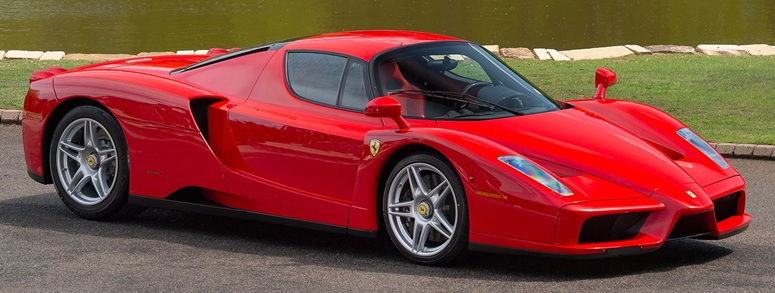
14) 1955 Fiat SuperSonica: Way ahead of its time, the SuperSonica showed that Fiat wasn’t all about the mass market.
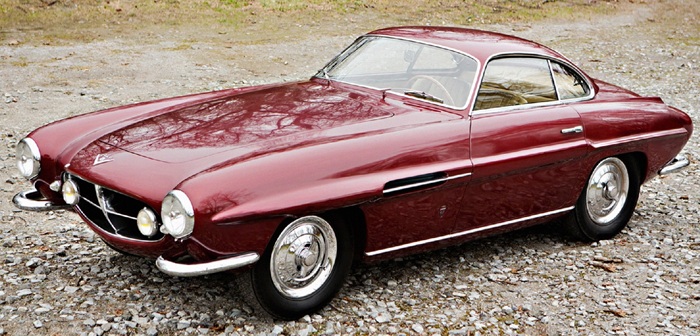
15) 1965 Alfa Romeo Spider 1600: During its eighteen years of production over four distinct styling generations, every single sports car fan, male or female, wanted to own one of these lovely little creatures — hell, it’s probably still true today. With good reason.
16) 1965 Ferrari 275 GTS: Pinifarina design, 3.3-liter V12, ’nuff said.
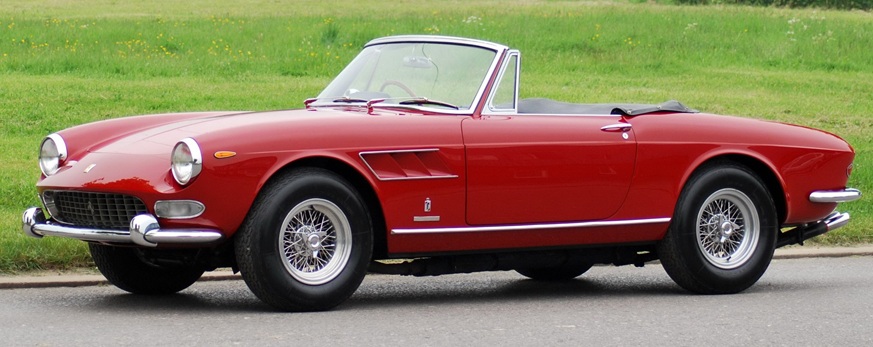
17) 1967 Lamborghini 400GT: The 350 — Ferruccio’s first car after his argument with Enzo — was good, the 400 much better. And much less likely to break down than any Ferrari of the time, too.

18) 1982 Lancia 037 Stradale: Like the earlier Stratos, this is Lancia’s street version of a monster Group B rally car, and the 037 was the last rear-wheel drive to win the WRC. And one of the best-looking examples of 1980s automotive styling.
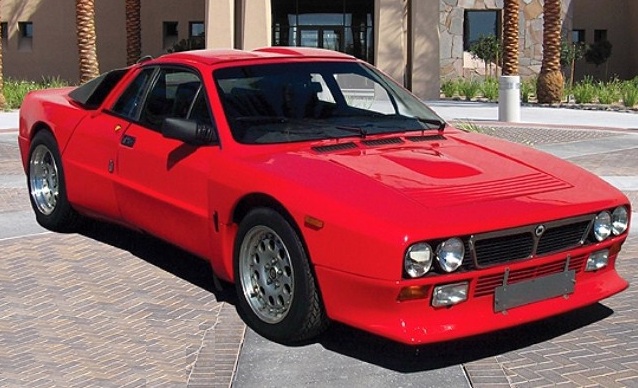
19) 2022 Maserati MC20 Coupé: When they think that Ferrari has worn the “supercar” mantle for long enough, Maserati steps up with this 3-liter 600hp V6-powered beast, just so that people can remember that they too have a racing heritage.

20) 1973 Alfa Romeo Montreal: An absolutely stunning sports car, powered by a 2.5-liter V8 (!), it is still the only car I’ve ever driven over 125mph — and I backed off before the engine did.

21) 1984 Ferrari 288 GTO: While its “parent” 308 GTB was a good sports car, the 288 GTO was a missile. Its 300+km/hr top speed was the fastest of any non-racing car of the time, much faster than anything made by its competitors and only 3km/hr less than the Enzo. And it was gorgeous, too.
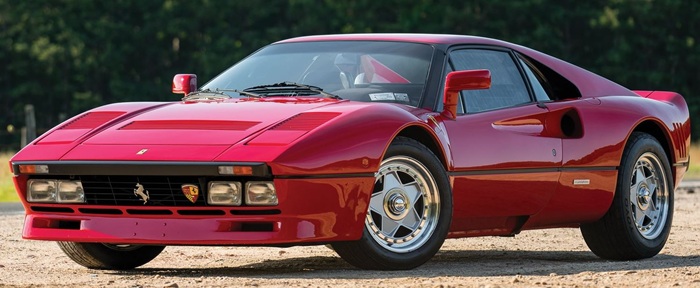
22) 1964 Lancia Flaminia Sport: The Flaminia was Lancia’s luxury saloon line, but the Sport model was the more beautiful.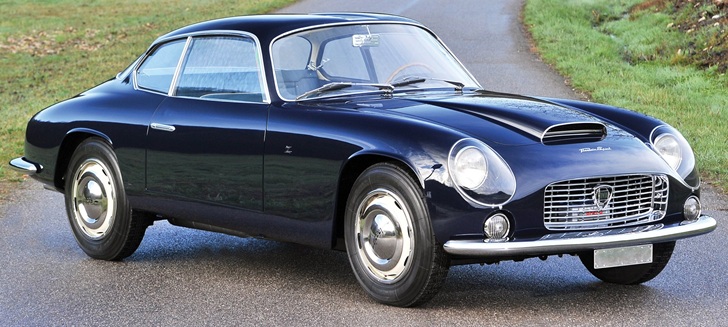
23) 1953 Iso Isetta: The Fiat 500’s only competition in the “super economy” market, the Isetta’s 236cc (!) motorcycle engine got between 70 and 90 miles per gallon, and actually won the Mille Miglia race twice in the “Economy” class. Top speed was about 47mph, but it took over half a minute to get there (unless you were on a downhill road with a strong tailwind). Still, so popular was the Isetta during the mid- to late 1950s that it was made under license in seven other countries.
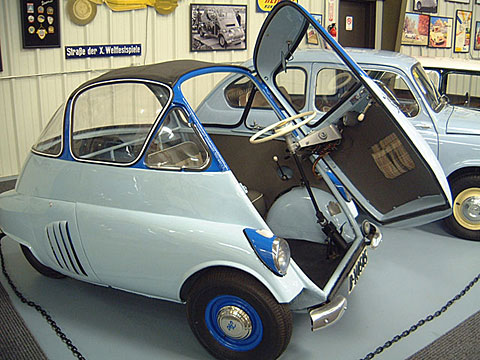
24) 1985 Alfa Romeo GTV6: Best of the 1980s Alfas, the GTV6 was powered by the 2.5-liter V6, which is arguably one of the best Alfa engines of all time, giving incredible performance for a non-racing powerplant. And it looked pretty good too (like the Lancia 037), in an era in which car designs were kinda blah; and unlike most sporty cars, the GTV6 could carry a massive amount of luggage in its cavernous trunk.
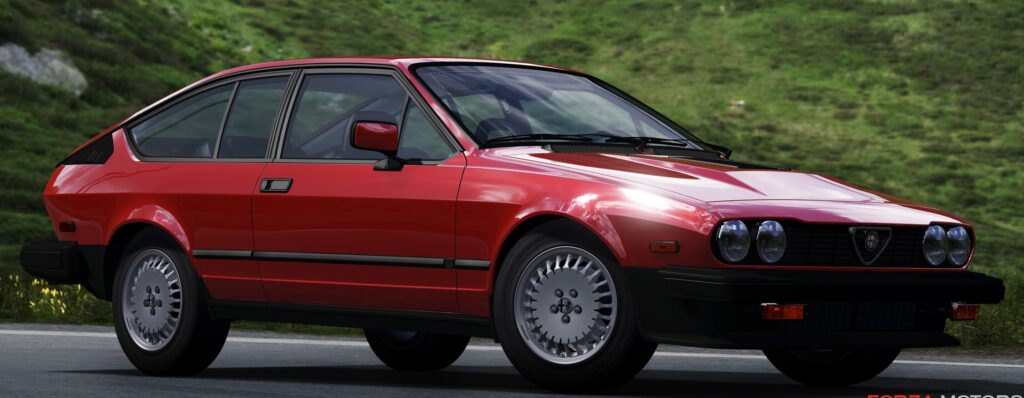
25) 1986 Lamborghini LM002: “We have to make-a the truck-a for the militaria. So we make a truck-a, and drop in the 5.3-liter V12 engine from a Countach. Should-a work-a.”
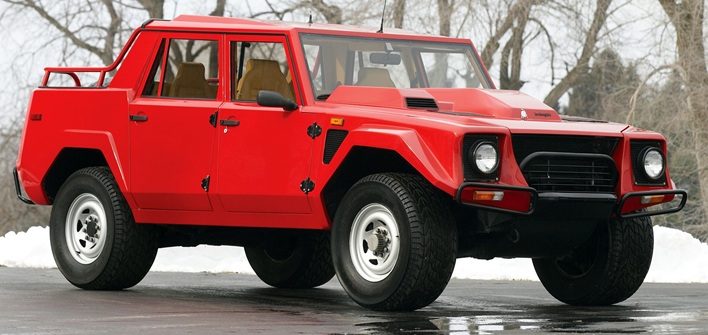
And that’s my list of 25 great Italian cars. And incidentally, I’ve actually driven six of them myself.

